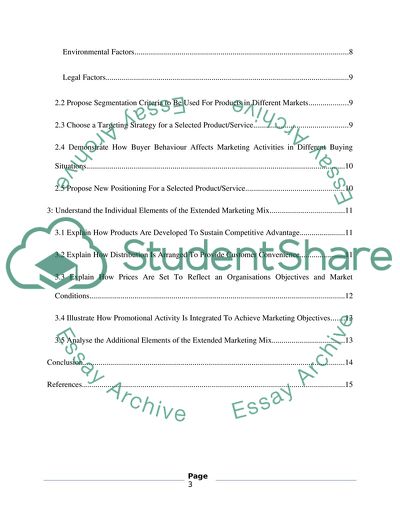Cite this document
(Marketing Principles Essay Example | Topics and Well Written Essays - 2500 words - 1, n.d.)
Marketing Principles Essay Example | Topics and Well Written Essays - 2500 words - 1. https://studentshare.org/marketing/1873201-marketing-principles
Marketing Principles Essay Example | Topics and Well Written Essays - 2500 words - 1. https://studentshare.org/marketing/1873201-marketing-principles
(Marketing Principles Essay Example | Topics and Well Written Essays - 2500 Words - 1)
Marketing Principles Essay Example | Topics and Well Written Essays - 2500 Words - 1. https://studentshare.org/marketing/1873201-marketing-principles.
Marketing Principles Essay Example | Topics and Well Written Essays - 2500 Words - 1. https://studentshare.org/marketing/1873201-marketing-principles.
“Marketing Principles Essay Example | Topics and Well Written Essays - 2500 Words - 1”. https://studentshare.org/marketing/1873201-marketing-principles.


